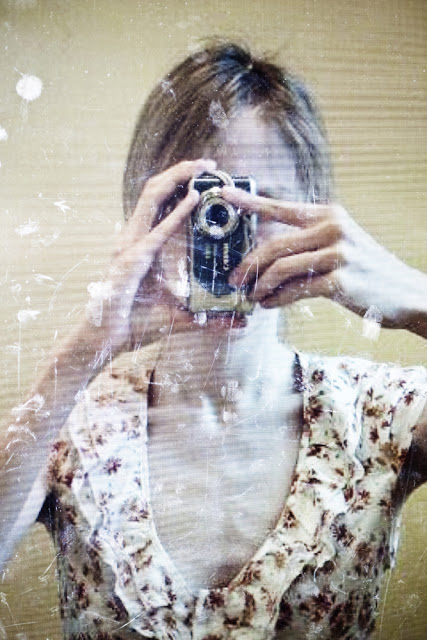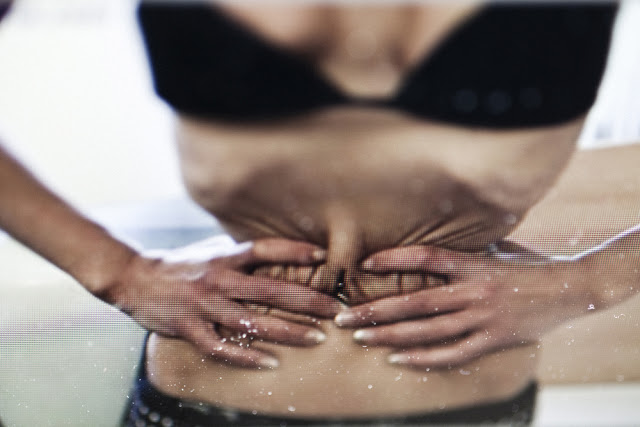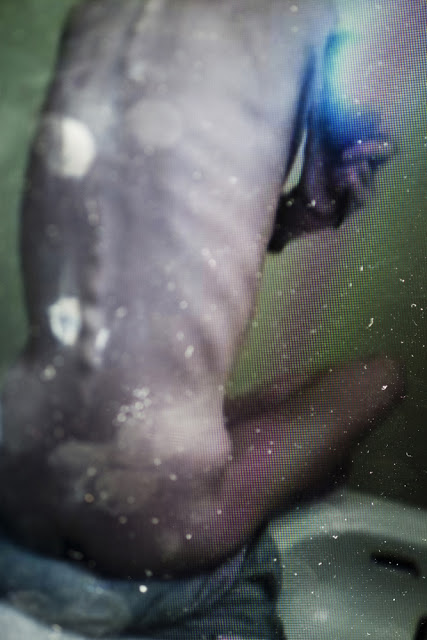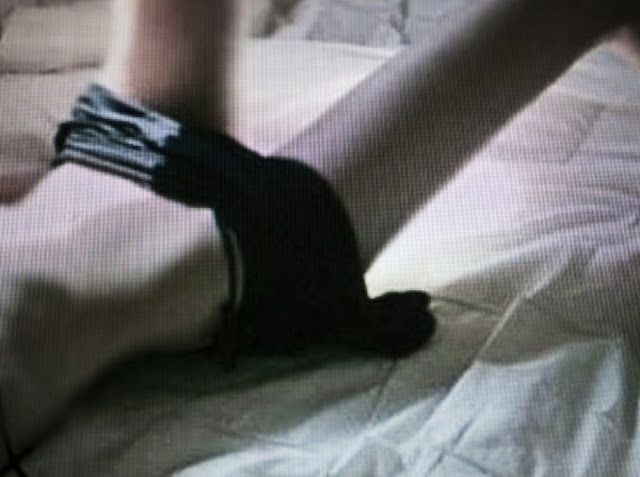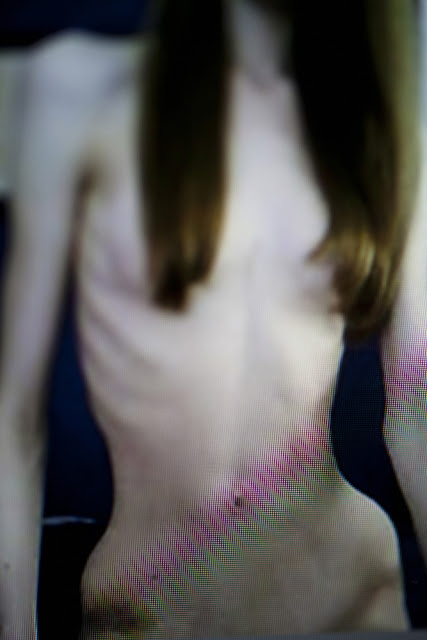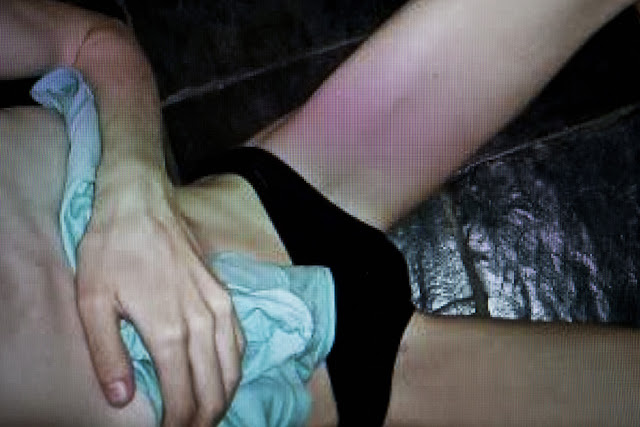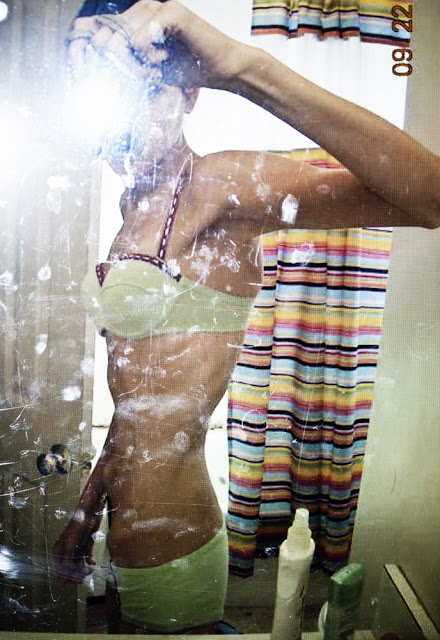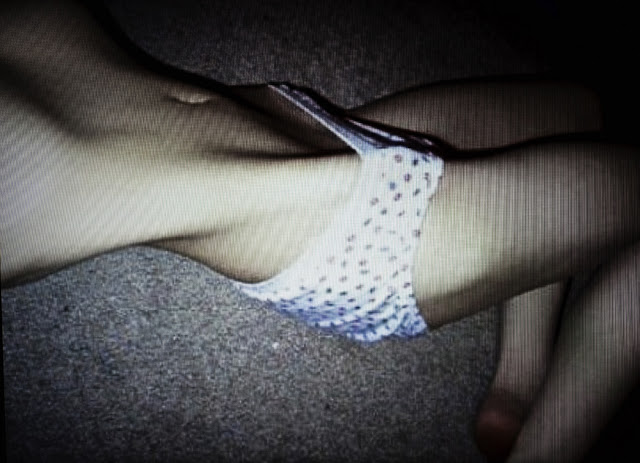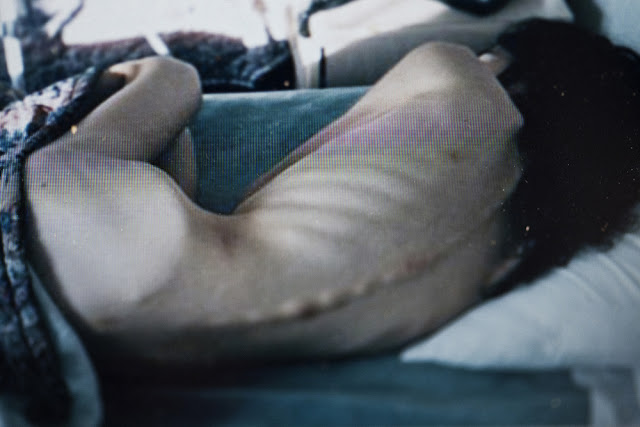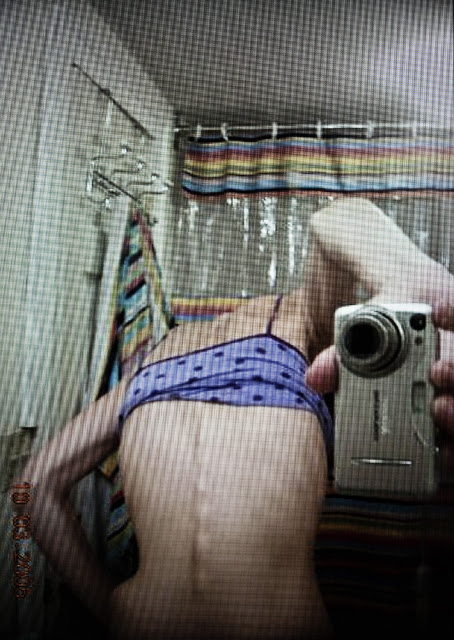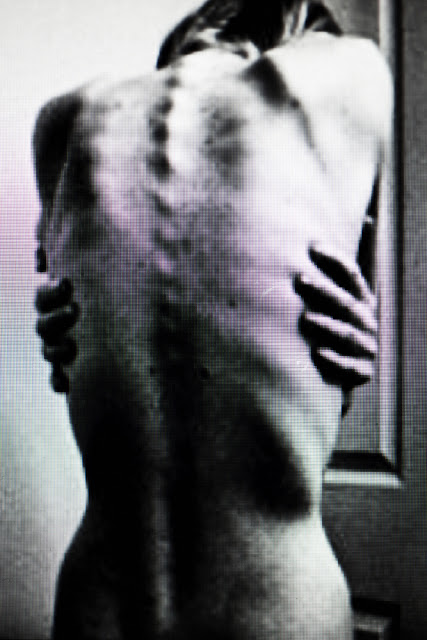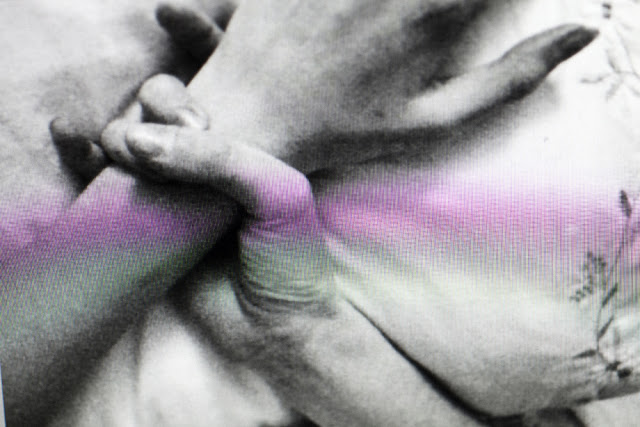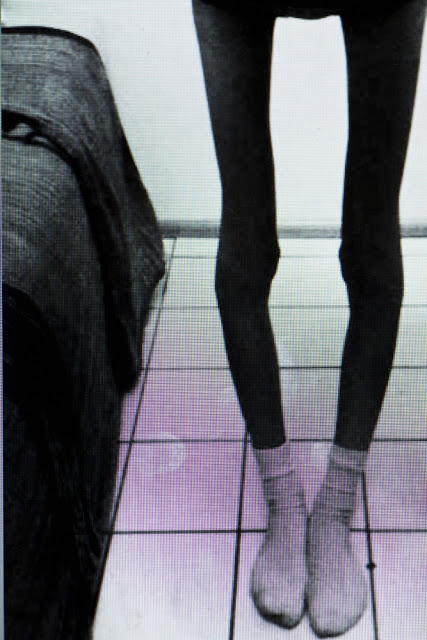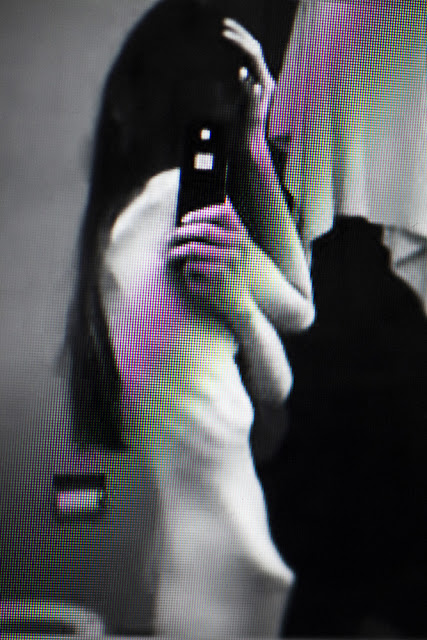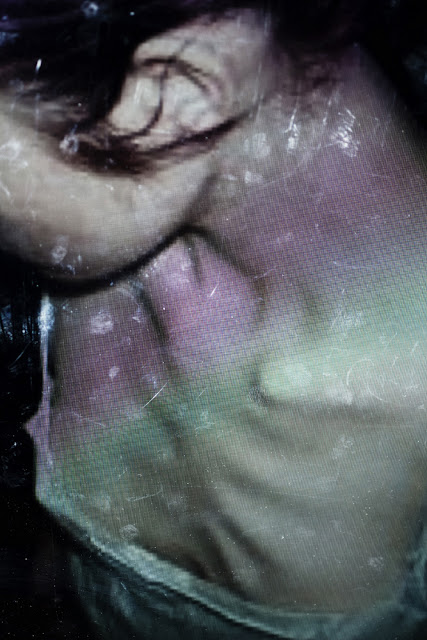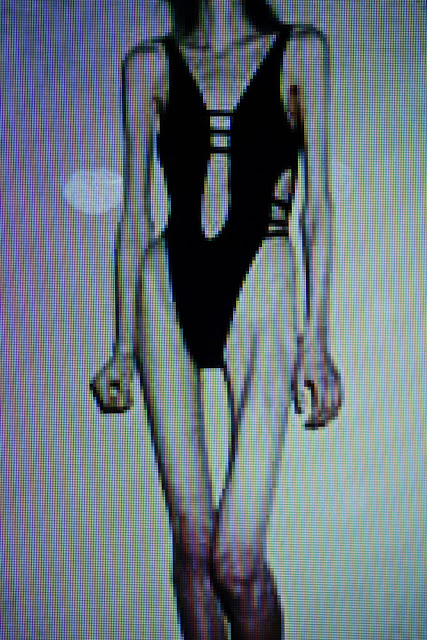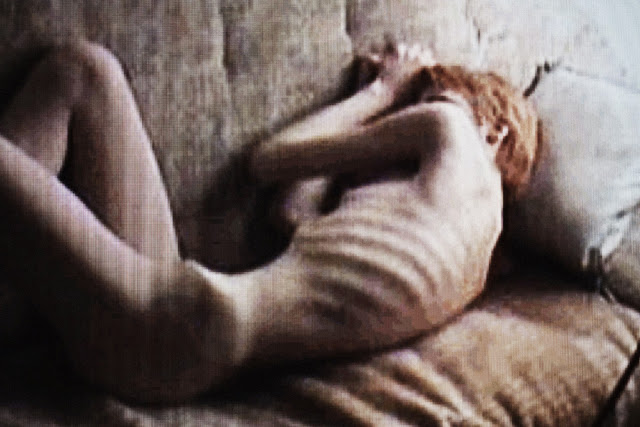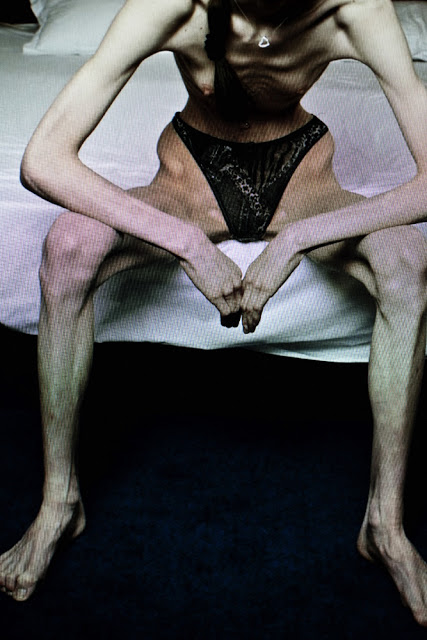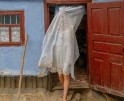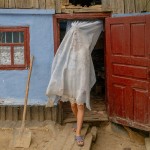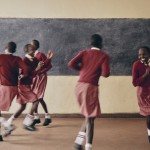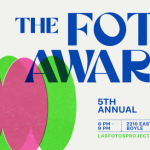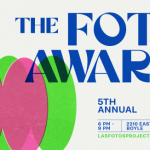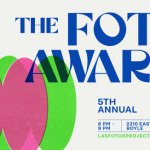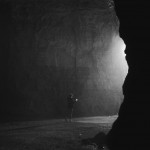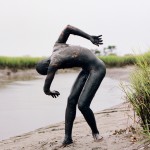CENTER AWARDS: Project Launch Juror’s Choice: Laia Abril
Juror Christopher McCall, Director of Pier 24 in San Francisco, selected Laia Abril’s project Thinspiration for CENTER’s Project Launch Juror’s Choice Award (each juror selects one additional person). Thinspiration denounces Eating Disorder’s new risks factors: social networks and photography in the Pro-Ana community; who have turned anorexia into their dogma and have created a new visual language. Laia will recieve a $1,000 cash award, complimentary participation in Review Santa Fe, A workshop at the Santa Fe Photographic Workshops, a Photographer’s Showcase through Photo-Eye, an invitation to participate in the Art Photo Index, a portfolio review through the Eyeist, an online exhibition at VisitCenter, and today’s feature on Lenscratch. The grant will add significant backing to both the production and research on a wide Pro-Ana project, being able to document deeper and more intimate their lifestyle; as well as the undeniable positive effects on the visibility of the result once completed.
Laia is a documentary photographer, raised in Barcelona, but is truly a woman of the world. She received a BA in Journalism, and has studied at ICP amongst other venues. In 2009 and 2010 she was a finalist in the Ian Parry Scholarship, and the project featured today, Thinspiration, was a finalist of the Burn Emerging Photography Fund in 2012. Her work has been published around the world, and her photographs have been exhibited in Italy, Spain, London, and New York. She is currently based in Barcelona and Italy.
Christopher McCall’s statement about the work:
I selected Laia Abril and her project Thinspiration for my Juror’s Choice. Abril tackles a challenging subject that is often overlooked in contemporary culture through an unexpected and potent gaze. Although the topic has been explored by her photographic predecessors, Abril’s use of the computer monitor – with its banding, smudges and stains across the screen – render her subjects through a lens inherent to the technology and social media prevalent in society today. The photographs are challenging and haunting, staying with you beyond your initial viewing.
The Pro-Ana community has turned anorexia (Ana) into its dogma. This illness has even been embodied by the members of this group; they venerate it as the one giving meaning to their totalitarian ‘life style’. It’s a virtual reality where they state their commandments, share motivating tricks and exchange hundreds of images of thin models via their blogs. They have created THINSPIRATION a new visual language – obsessively consumed to keep on wrestling with the scales day after day.
My knowledge of this community comes firsthand. In 2010 after leading a year in recovery to overcome ten years of bulimia, I decided to document the struggle in girls battling the same disease. In this second stage, the project become an introspective journey across the nature of obsessive desire and the limits of self-destruction, denouncing disease’s new risk factors: social networks and photography.
I decide to look for the answer by re-photographing their self-portraits with the intention of establishing a conversation between their camera and mine. I shut myself up in a dark room as if it were a model session, placing my tripod in front of the computer in such a way that when you look through the lens, it’s only them and me. I photograph them in their rooms, in their bathrooms. They pose provocatively, narcissistically. I go over their bodies in detail.
Interfering in their interactive conversations once more, I decide to expose myself to new images that the Pro-Ana consume in a wicked game between admiration and repulsion: the so-called Pro-Bones, where the protagonists are anorexic and are at an extreme stage of the illness. The images that I take from then on disassociate themselves from the character to turn into abstract body landscapes at the gates of the abyss. They are the visual response to the bond between the desired perfection and the disappearance of one’s own identity.
All my aim in this long-term project on Eating Disorders began as a reflexion on the lateral aspects of treating disease and approaching the stories that nobody wants to see. In this second chapter, the Pro-Ana community is another example of how complex the Eating Disorders can be, and how the media and our society prefers to turn the face and not facing the problems we have home. The Pro-Ana stem from the need to draw attention to the muffled silence of anorexia together with the social networks and digital photography. Having a privilege access to that world made me feel the moral obligation to confront and document this problem in an honest way more appropriate to my experience.
Posts on Lenscratch may not be reproduced without the permission of the Lenscratch staff and the photographer.
Recommended
-
The International Women in Photo Association Awards: Lorraine Turci: The Resilience of the CrowMarch 16th, 2024
-
The International Women in Photo Awards: Natalia Garbu: Moldova LookbookMarch 15th, 2024
-
The International Women in Photo Association Awards: Rayito Flores Pelcastre: Chirping of CricketsMarch 14th, 2024
-
The International Women in Photo Association Awards: Alena Grom: Stolen SpringMarch 13th, 2024
-
The International Women in Photo Association Awards: Louise Amelie: What Does Migration Mean for those who Stay BehindMarch 12th, 2024

